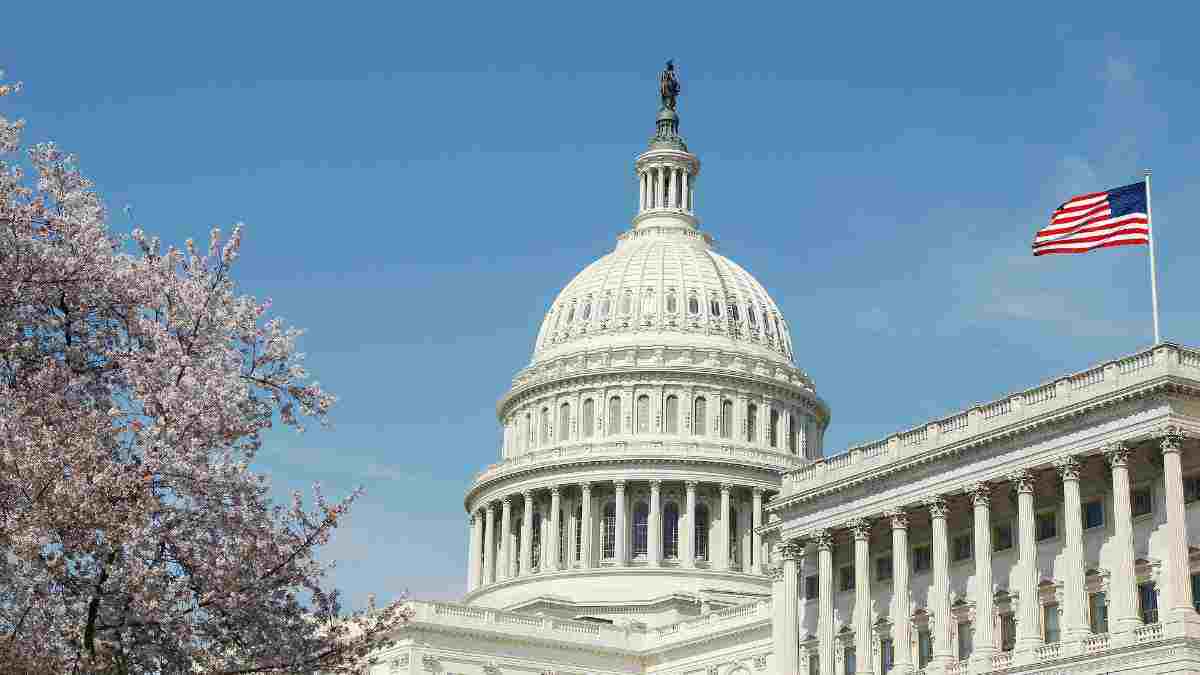
The struggle for control of the U.S. House of Representatives is intensifying as political divisions deepen and key issues come to the forefront of American politics. The 2024 elections are fast approaching, and both parties are making strategic moves to secure seats that could determine the balance of power in Congress. The stakes are high, and the decisions made in the coming months will have lasting impacts on the legislative agenda and the direction of the nation.
The Government Shutdown Threat and Voter ID Debate
As we move closer to the election, the threat of another government shutdown looms large. House Republicans are focused on keeping the government funded but with a condition: they want proof of citizenship to be required before voting. This voter ID debate has become a central issue, reflecting the broader ideological battle between the two major parties.
Republicans argue that implementing voter ID laws is essential to protect the integrity of elections and ensure that only legally qualified individuals cast their ballots. They view it as a common-sense measure, comparable to needing identification for applying for loans or other important tasks. From their perspective, it’s a way to safeguard democracy and maintain trust in the electoral process.
However, Democrats see this push for voter ID as a political tactic aimed at suppressing voter turnout, particularly among minority and marginalized communities. They argue that the law already requires voters to be U.S. citizens and that additional measures could create unnecessary barriers to voting. Senate Majority Leader Chuck Schumer and other Democratic leaders have expressed strong opposition, positioning the issue as a partisan divide that will likely play a significant role in the upcoming election.
Safe Districts and Swing Districts: The Key to Control
The outcome of the battle for the House will ultimately come down to a handful of districts across a few states. Safe districts, where one party holds a significant advantage, are generating much of the noise, but the real fight will take place in swing districts. These are the battlegrounds where control of the House could be decided.
Republicans are focusing their efforts on key states and districts where they believe they can make gains. They are doubling down on their messaging around border security, government spending, and voter integrity, hoping to energize their base and appeal to swing voters. On the other hand, Democrats are working to defend vulnerable seats, especially in districts where moderate candidates are facing tough re-election battles.
The internal dynamics of both parties are also shaping this fight. In the Republican Party, there is pressure from the right flank to push for more conservative policies, including deeper spending cuts and stricter immigration laws. The recent ousting of Kevin McCarthy as Speaker of the House reflects the tension within the party, as more conservative members push for a more aggressive legislative agenda.
For the Democrats, the challenge lies in balancing the demands of progressive members with the need to protect moderate incumbents in swing districts. The party’s leadership is being pressured by factions like “The Squad” to adopt more progressive stances on issues like climate change, healthcare, and social justice. However, these demands could put moderate Democrats in difficult positions, especially as they face tough re-election campaigns in competitive districts.
The Role of Party Leadership and the Path Forward
House Speaker Mike Johnson is navigating a complex political landscape as he works to keep his party united while advancing its legislative priorities. If he hopes to maintain his position as Speaker, he will need to balance the demands of the party’s right flank with the practicalities of governing in a divided Congress.
The Republicans who pushed for McCarthy’s removal are now looking for progress on their priorities, particularly when it comes to spending cuts and border security. Johnson will need to manage these expectations while also working to avoid a government shutdown, which could have negative consequences for his party in the upcoming elections.
On the Democratic side, leaders like Chuck Schumer are focused on maintaining unity within their party while pushing back against Republican initiatives. The challenge for Democrats is to find a message that resonates with voters in swing districts while also addressing the concerns of their progressive base. This delicate balancing act will be critical as they work to protect vulnerable seats and prevent a Republican takeover of the House.
Conclusion: A High-Stakes Battle
As the 2024 election draws closer, the fight for control of the U.S. House of Representatives is only going to intensify. Both parties are mobilizing their resources, crafting their messages, and preparing for a tough battle in key districts across the country. With issues like voter ID laws, government spending, and immigration dominating the political landscape, the outcome of this battle will have significant implications for the future of the nation.
The American electorate will ultimately decide which party will control the House, and the decisions made in the coming months will shape the direction of the country for years to come. Whether it’s the push for stricter voter ID laws or the fight over government funding, the stakes are high, and the consequences of this election will be felt long after the votes are counted.
How Left-Wing Environmental Politics Debate: A Conservative Analysis